Will green air travel ever be possible?
It has been estimated that about 3 per cent of greenhouse gases are produced by airlines, so how can air travel become green? Steven Cutts reports

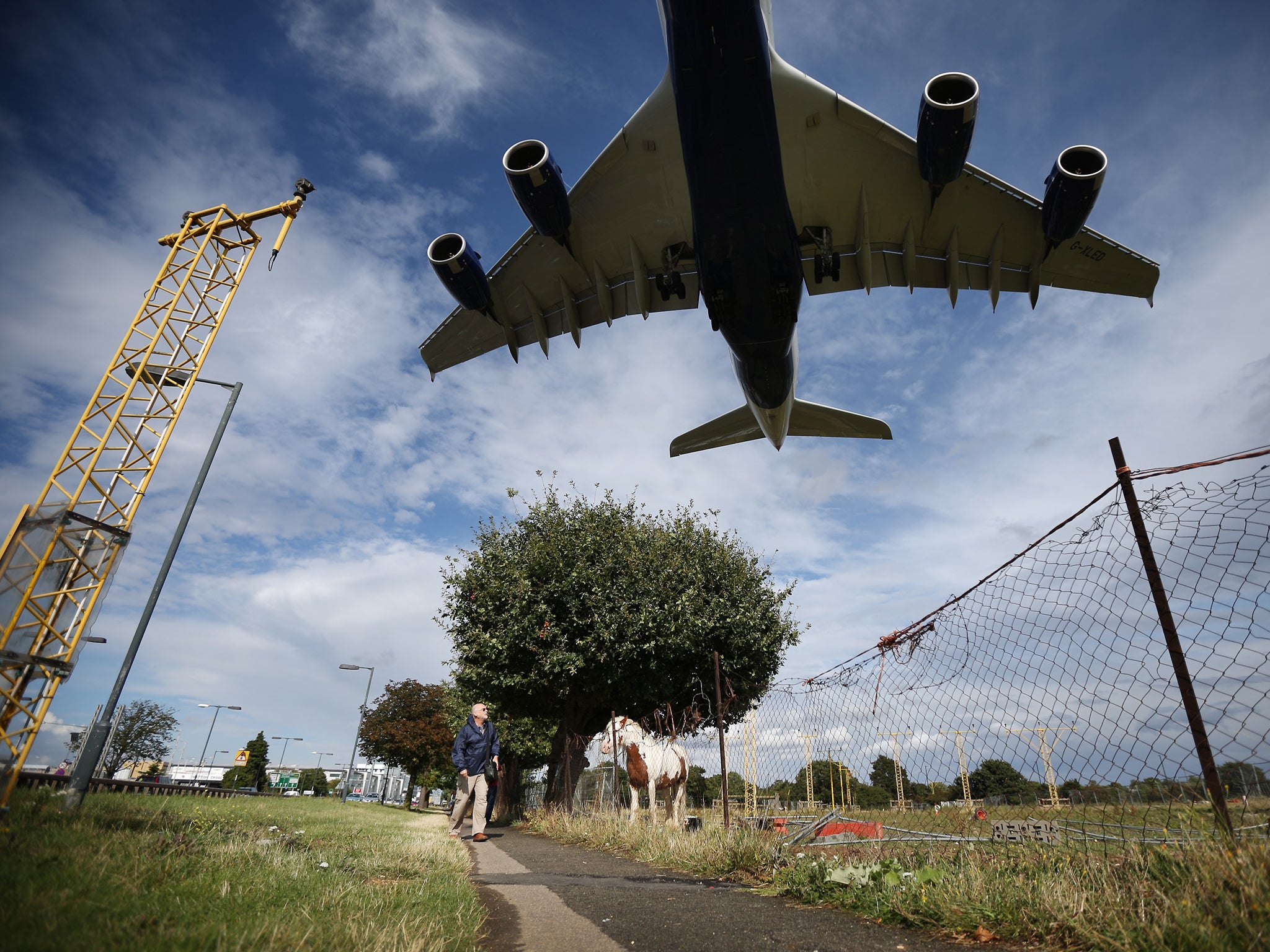
In some circles, the green activists of this world are seen as puritanical spoilsports who try to make life difficult for the rest of us. First, they closed coal mines, then they started to oppose Jeremy Clarkson. Next up came jet-set holidays and business-class aviation. These activists are often seen as being anti-pleasure, since most of the activities they seek to abolish are a source of pleasure to millions. The conflict now emerging is between those who seek to save the planet by restricting international travel, and the engineers and innovators who are looking for a way out of the hole we are now in.
It has been estimated that about 3 per cent of greenhouse gases are produced by the airlines. Aviation fuel is a mishmash of hydrocarbon chains that take their origin from crude oil. When it is burnt, the fuel produces carbon dioxide and water, with most of it released at very high altitude. This represents about 12 per cent of the CO2 generated by the transport industry globally. (To put this in perspective, road transport produces 74 per cent.) During the process of flight, a large airliner consumes less fuel per mile travelled than your average family car. Given that there might be several hundred people onboard the actual aircraft, it’s hard to imagine a more efficient form of transport.
More than that, while aviation attracts criticism, it remains anything but complacent. Thirteen years ago, Virgin became the first airline to fly an aircraft using sustainable fuel. The system used palm oil which, by some calculations, created more carbon than it saved. To what extent Richard Branson was motivated by saving mankind versus boosting his own image is open to question. However, this achievement still stands, though it has to be said that, since then, little progress has been made.
In spite of this, there are now several approaches to making sustainable aviation fuel (SAF). Globally, we now produce 20 million gallons of SAF each year, which sounds great until you start to get a grip on just how much conventional aviation fuel is still being consumed. Prior to the Covid-19 event, the industry consumed 95 billion gallons of aviation fuel in one year.
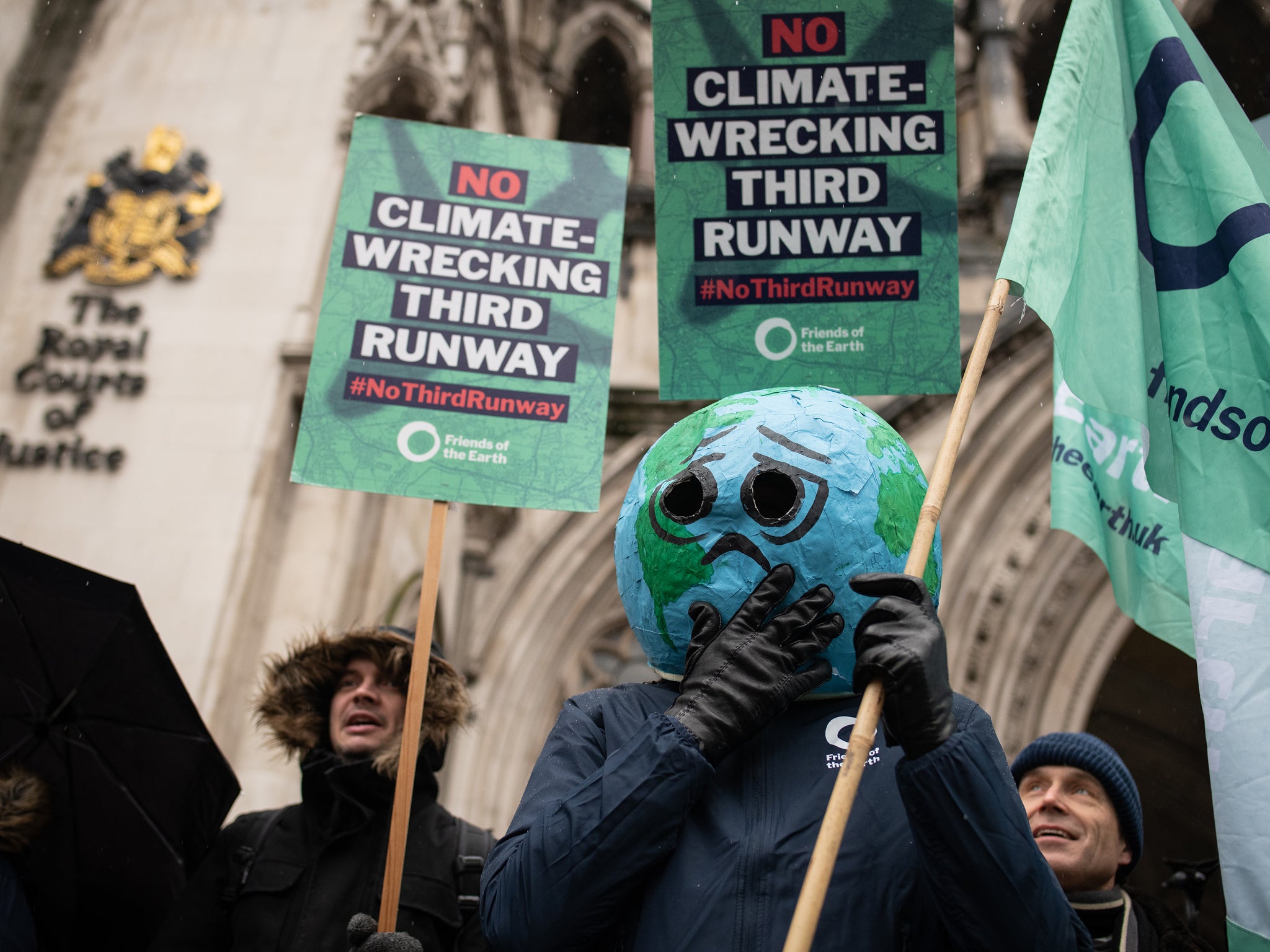
It would be misleading to suggest that the industry is not conscious of the issue involved. About a third of the cost of operating a modern airline is the cost of aviation fuel. Anything that promises to reduce fuel consumption is immediately attractive to the air-travel industry. With this in mind, the people who manufacture aero engines like to innovate, and progress so far is more than impressive. Long before global warming was even thought about, the efficiency of your average jet engine was improving year on year.
Between 1968 and 2014, the average fuel consumption of a jet aircraft fell by 45 per cent, with the most dramatic rate of progress occurring in the 1980s, when annual improvements of more than 2.5 per cent were achieved. Progress at that time was dictated by progress in technology, but the secondary driver for research was rising fuel costs. These figures are so impressive that it’s tempting to suggest that the legislators of this world should simply stay out of the aviation industry and let market forces do the rest: improvements are bound to happen.
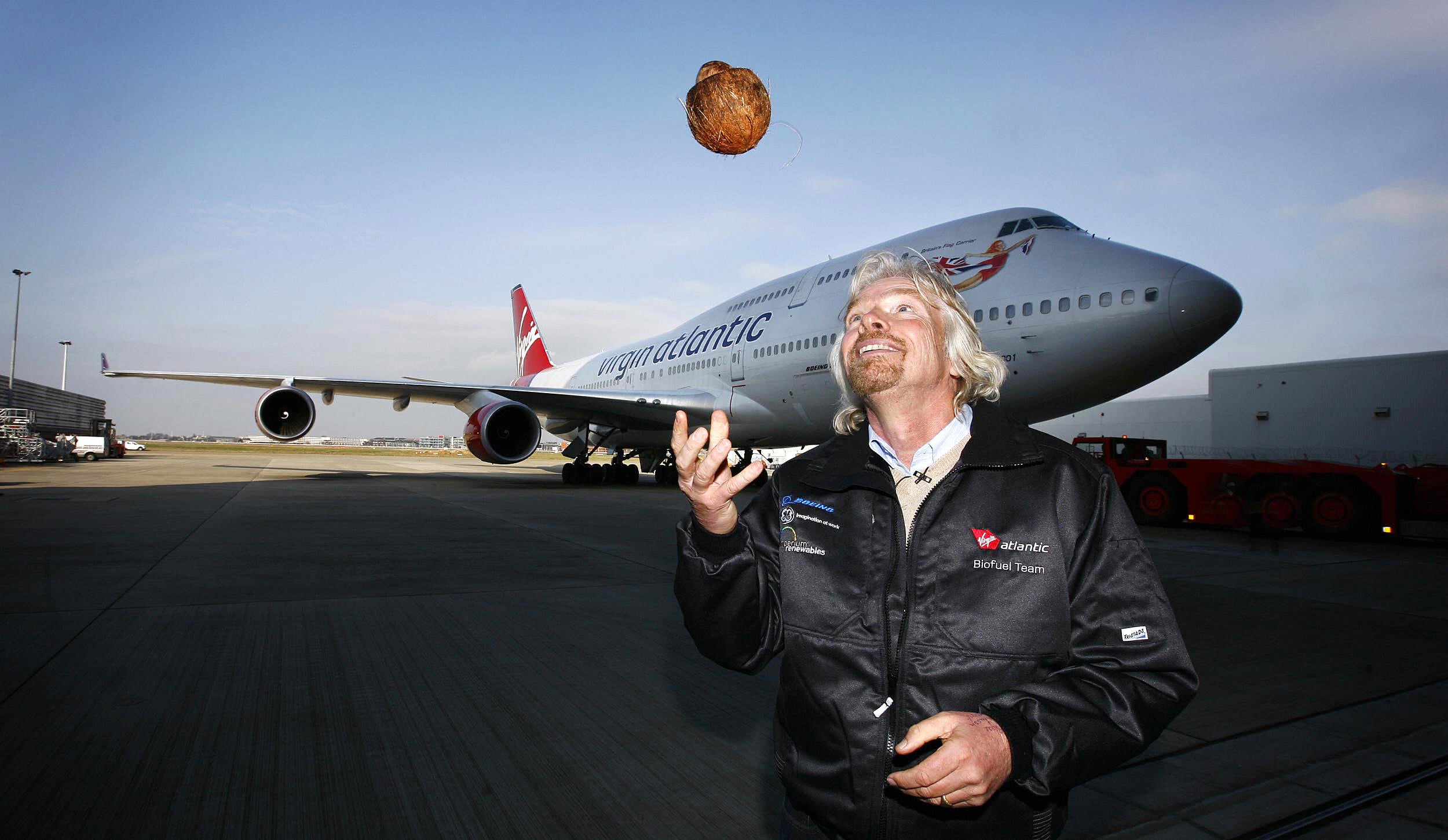
Perhaps more importantly, both governments and the airlines themselves have long been aware that aviation fuel itself is in danger of being cut off. Ever since the Opec crisis in the early 1970s, it has been obvious that the oil producers of this world can turn off the tap whenever they want to. Oil supply has become an alternative weapon of war. Indeed, it’s easy to argue that both of the recent Gulf wars were triggered by the western world’s craving for oil much more than they were an attempt to liberate Kuwait or seek revenge for 9/11. Countries that have no oil wells are routinely compromised by the cost of fuel imports, and would dearly love to find an alternative. The fact that we haven’t found one yet isn’t entirely the result of some sort of pro-oil prejudice by the powers that be.
Making a pledge about the middle part of this century is a relatively easy thing to do, since few of the industrialists and politicians making such promises will still be in office by the time anybody else can judge them
More and more people want to travel by air. Before the Covid-19 pandemic, it was widely assumed that the number of aircraft in the skies would more than double by 2050. Assuming that we could halve fuel consumption per flight (again) then the absolute amount of fuel consumed ought to remain constant. Improvements in materials technology (modern materials are lightweight) combined with continuous enhancement of engine design might do the rest. After all, air travel accounts for only a few per cent of global carbon emissions.
Engineers have looked at the idea of moving aircraft around airfields using electric tugs. Jet engines are incredibly efficient at high altitude, but they don’t do well on concrete, and when a pilot taxis down a runway looking for the take-off position, he may use 3 per cent of all the fuel consumed during the flight. It’s 3,400 miles from Heathrow to JFK, but the typical distance travelled on the runway is at best only one or two miles. If we could tow the aircraft to the point of take-off with diesel or electric detachable engines, we ought to be able to reduce fuel consumption by another 3 per cent. Ordinarily it would take the aero engineers two to three years to achieve this kind of saving. Right? Well, there are a lot of groups working on that one but, fundamentally, efficiency improvements in themselves won’t be as good as fuel substitution.

However, as Richard Branson’s group showed in the 2000s, there are alternatives to reliance on the Saudis. As a stepping stone to a non-oil future, we could produce relatively small volumes of SAF and blend it with existing aviation fuel. This sort of thing is already quite common at petrol and diesel pumps in the UK, where 5 per cent of the liquid you put in your petrol tank has now been derived from plant materials. (The standard for Europe – E10 – is already running at 10 per cent.)
By 2025, the EU will insist that all aircraft use 2 per cent SAF in their engines. According to current plans, this figure should increase to 5 per cent by 2030. The optimists of this world are starting to suggest that more than half of aviation fuel could be SAF by the middle part of this century.
Making a pledge about the middle part of this century is a relatively easy thing to do, since few of the industrialists and politicians making such promises will still be in office by the time anybody else can judge them. However, as far as the aviation industry goes, there are several promising lines of attack.
One approach is to combine CO2 and water with hydrogen to produce synthetic hydrocarbons that can be used to fuel engines. The chemical engineering involved is pretty fantastic, but there are already facilities that can make this work, and a number of companies are now active in this field. If the same process is performed using renewable electricity then it can be argued that it represents a zero-carbon process. Some experts believe that it might account for one-third of the industry’s decarbonisation by 2050.
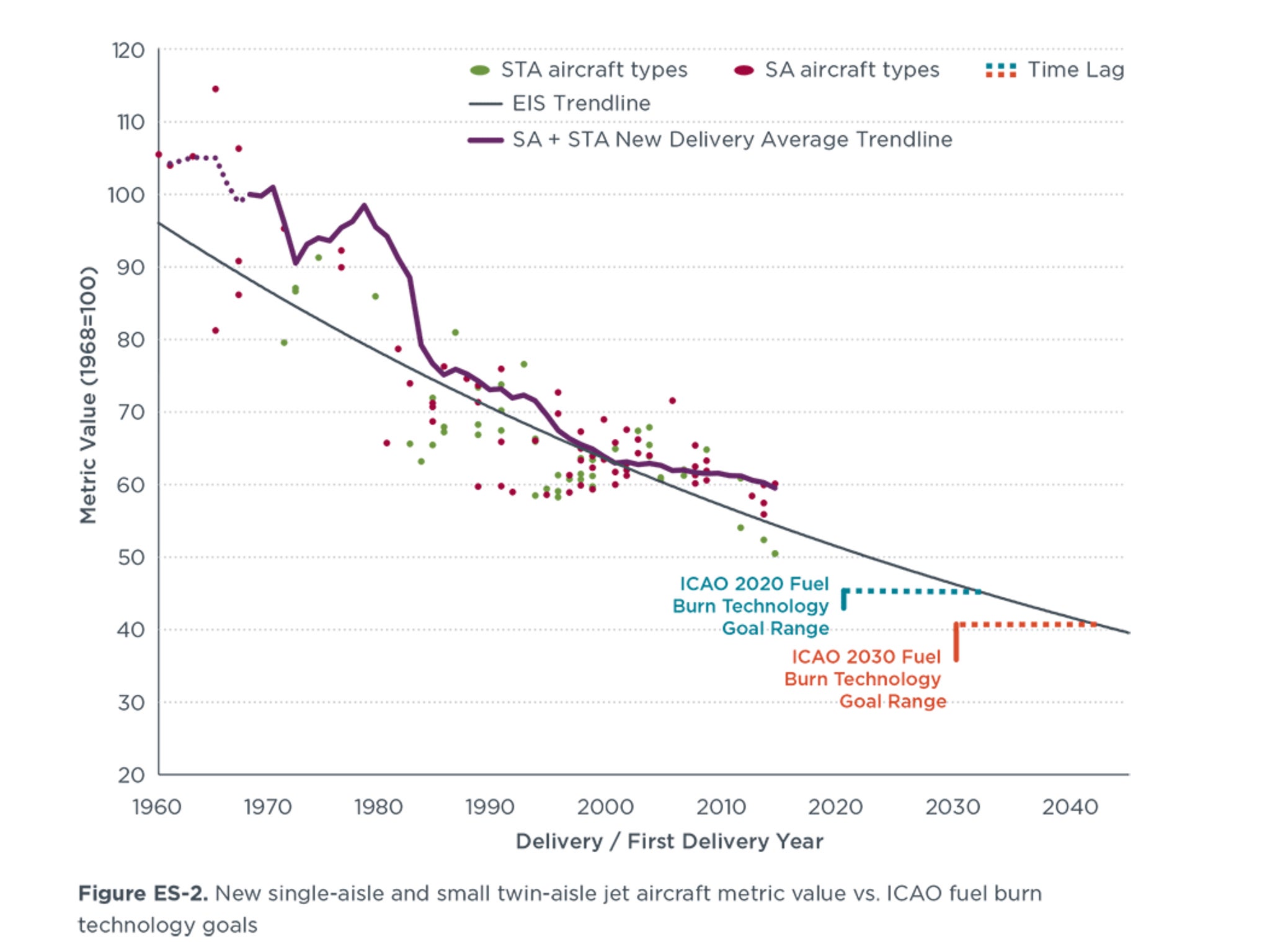
Other groups are looking at biological production of fuel substitutes. Almost immediately this takes us into the issue of farmland, and the possibility that many farmers will simply abandon the production of edible crops because there’s so much more money to be made in aviation fuel. This is a debate that knows no end.
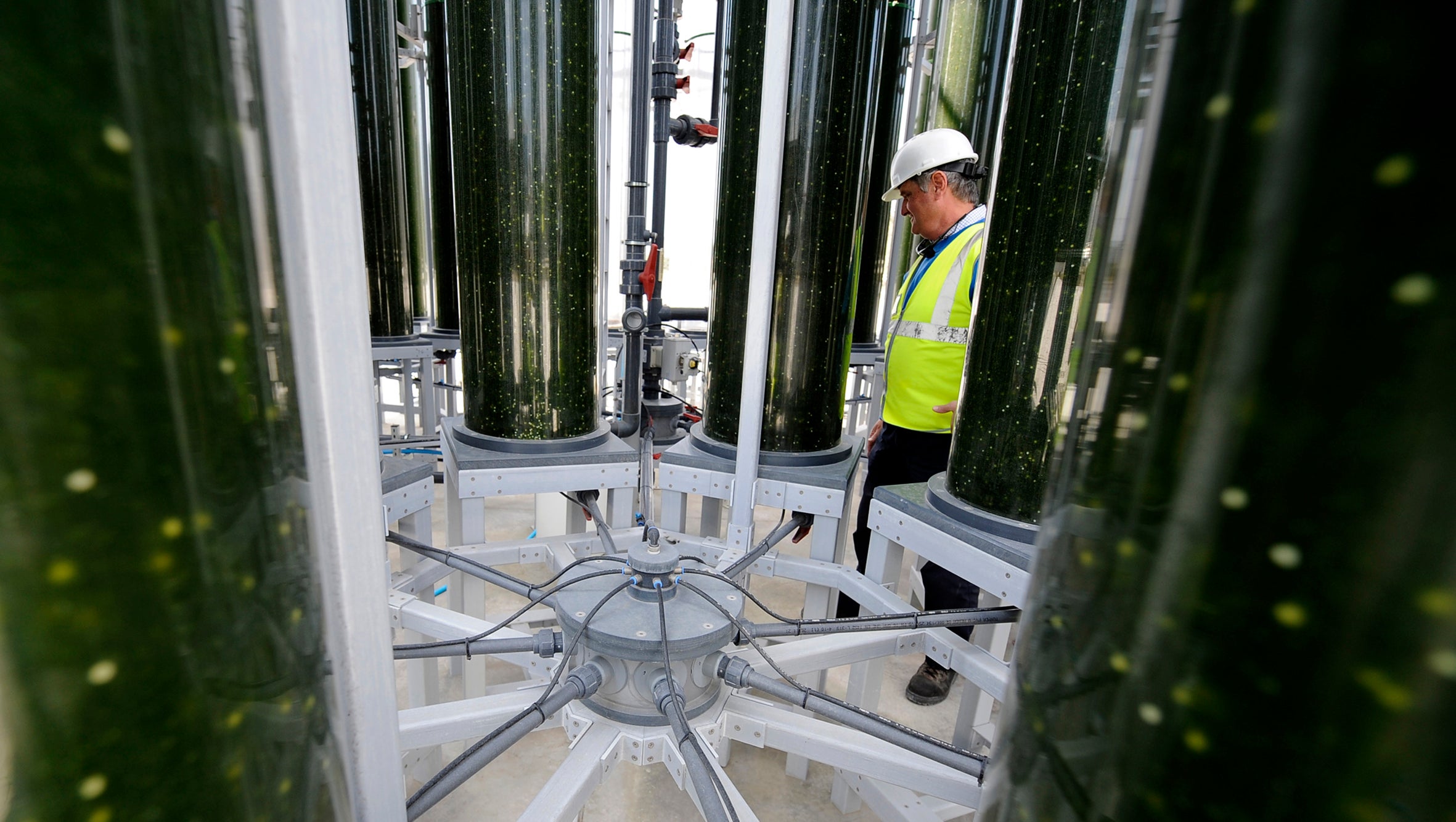
Other scientists have attempted to culture vast fields of genetically modified algae with the intention of making promising hydrocarbon chains. This field is still experimental, and early results have been disappointing. However, in the long term, algae holds the potential to dramatically increase biofuel production, maybe even solving our problems with aviation fuel production on its own. If a plant (even a unicellular organism) extracts CO2 from the atmosphere and combines it with water to produce sugar, then this is clearly a method by which we can reduce atmospheric carbon dioxide. Burning the carbon chains in a jet engine only releases the same molecule we removed from the atmosphere when we first planted the crops.
When you burn the hydrogen in an engine, it turns into water vapour that enters the clouds and eventually falls back into the ocean as rain. Surely this represents a source of fuel that will never run out?
Using existing technology, the Americans are now producing 4.5 million gallons of SAF per year. They plan to produce 3 billion gallons a year by 2030. (Remember that in 2019, the whole world used 95 billion gallons of kerosene in the aviation industry.) Delta Air Lines in the US has committed to using 10 per cent SAF by 2030. The Shell oil company claims that 10 per cent of its aviation fuel will be SAF by 2025. Last week, an easyJet flight took off from Gatwick powered by synthetic fuel supplied by Neste. The destination was Glasgow, and the organisers were surely trying to suggest that they were on the road to zero-emissions flying. Cynical commentators have spotted that this kind of thing smacks of tokenism.
But maybe it isn’t. As a kid I caught onto the idea of global warming at a very early age, and if you’re growing up in a coal-mining area, that’s not a great anxiety to voice in public. At the time, I just assumed that no one would do anything about it right up to the point when we all drowned. As time passed by, I started to realise that this wasn’t the case.
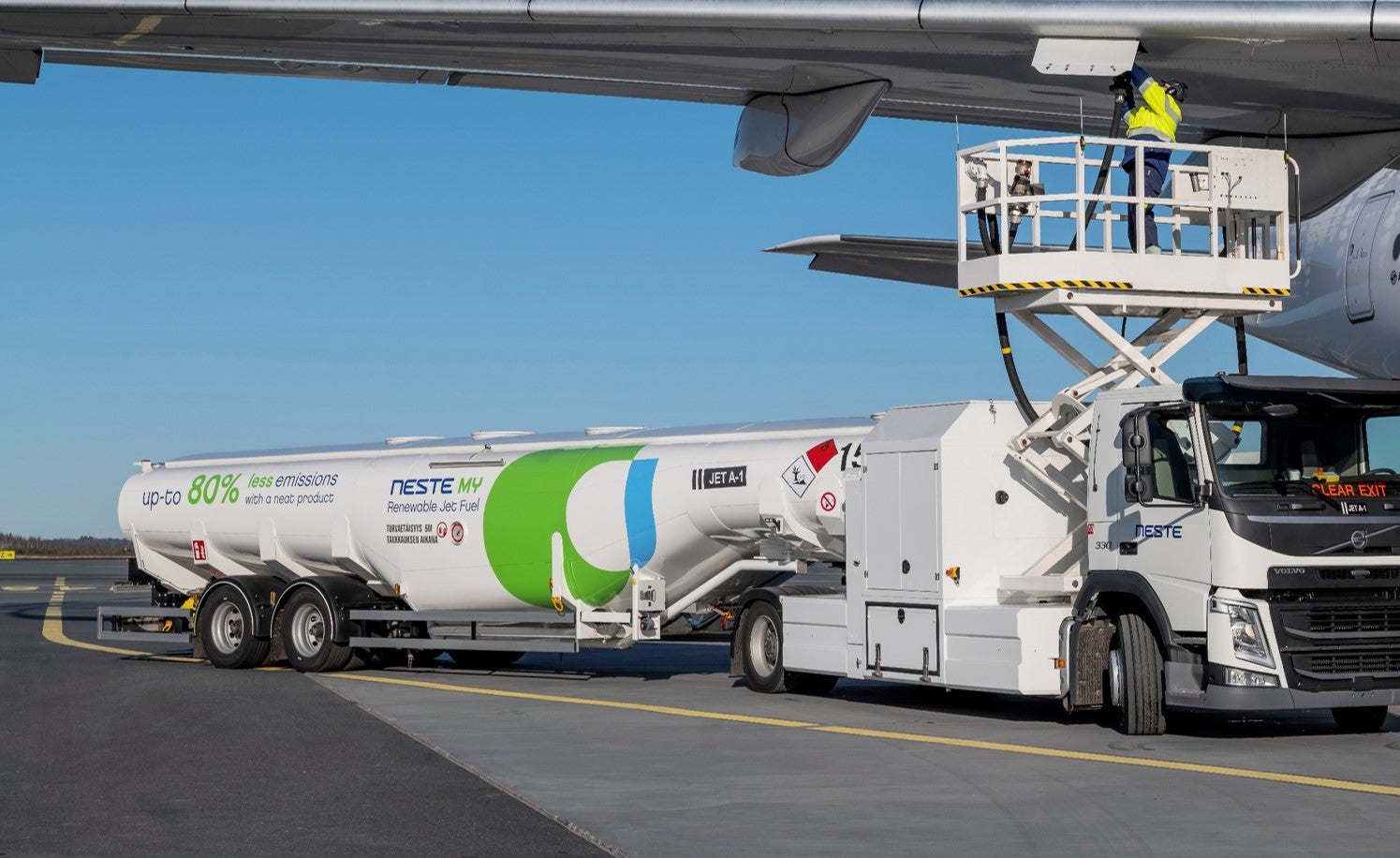
As far as air travel goes, several solutions have been put forward to the problem of air pollution, one being electric or hybrid propulsion. Several companies are now looking at battery-powered aircraft. The problem – as with electric cars – is that there’s a limit to how much energy you can cram into a box called a battery. In contrast, the energy in a box of the same size filled with kerosene will take you much further. Given that flying machines are even more sensitive to weight issues than your average car, electrically powered aircraft are still some distance away, although a number of groups are in the process of building prototypes and testing them in the air. Most experts believe that we could make them work for short-haul flights. It has been estimated that short-haul flights account for 43 per cent of emissions by the aviation industry, so the potential for progress here is quite substantial.
Another advantage of a propeller-driven aircraft with an electric engine is that the noise generated at take-off and landing is much less than that created by a conventional engine. The principal obstacle to a new runway at Heathrow airport is noise, and the project has never been as popular with locals as it has with the airlines. Right now, most airports have to stop allowing aircraft to take off or land when most people are deemed to be asleep. If regional aircraft were battery-powered, the scale of this problem would start to fade, and there are plenty of vacant slots in the dead of night that could be occupied by a nearly silent fleet of aircraft.
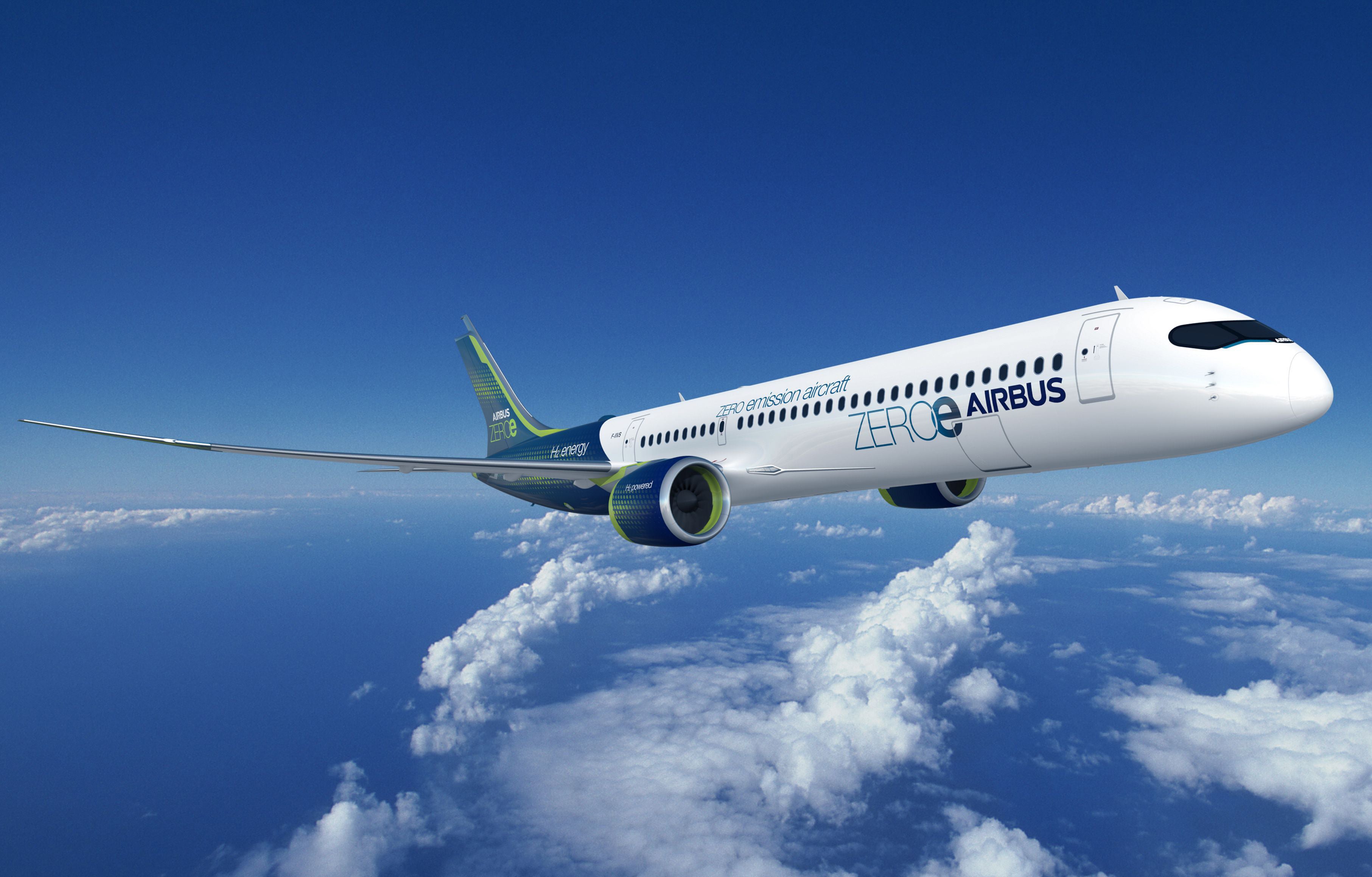
Hydrogen-powered aircraft have long been promoted as the ultimate solution to the aviation fuel crisis. It has long been acknowledged that aero engines would rather run on hydrogen than kerosene, but there are fundamental problems in generating hydrogen at the necessary volume and within a realistic time frame. At the most basic level, three-quarters of the Earth’s surface is covered by sea water, and hydrogen can easily be generated by the electrolysis of sea water (assuming you can find the electricity). When you burn the hydrogen in an engine, it turns into water vapour that enters the clouds and eventually falls back into the ocean as rain. Surely this represents a source of fuel that will never run out?
Advances in nuclear fusion, solar energy and so on might well make this kind of fuel viable in the longer term. When hydrogen is burnt in “fuel cells”, it can be used to generate electricity which in turn can be used to drive a propeller. In a piston-driven aircraft, it can be detonated in combination with atmospheric oxygen to drive a propeller-driven aircraft, and it can be burnt in a turbofan as a substitute for conventional engine fuel in a jet aircraft. In spite of this, the large-scale use of hydrogen in the aviation industry is still decades away. The challenges associated with building extraction plants, storage and transport for hydrogen are not insubstantial, and in many circles there is genuine apprehension about hydrogen as a fuel source. The legacy of the Hindenberg disaster hangs over much of the industry, and most aviation experts see SAF as a much easier way to placate the environmental movement.
There is an industry-wide belief that airlines can operate at net zero carbon by 2050, a mere 30 years in the future. If they can do this, then the pleasures of international travel will be there for the taking.




Join our commenting forum
Join thought-provoking conversations, follow other Independent readers and see their replies
Comments